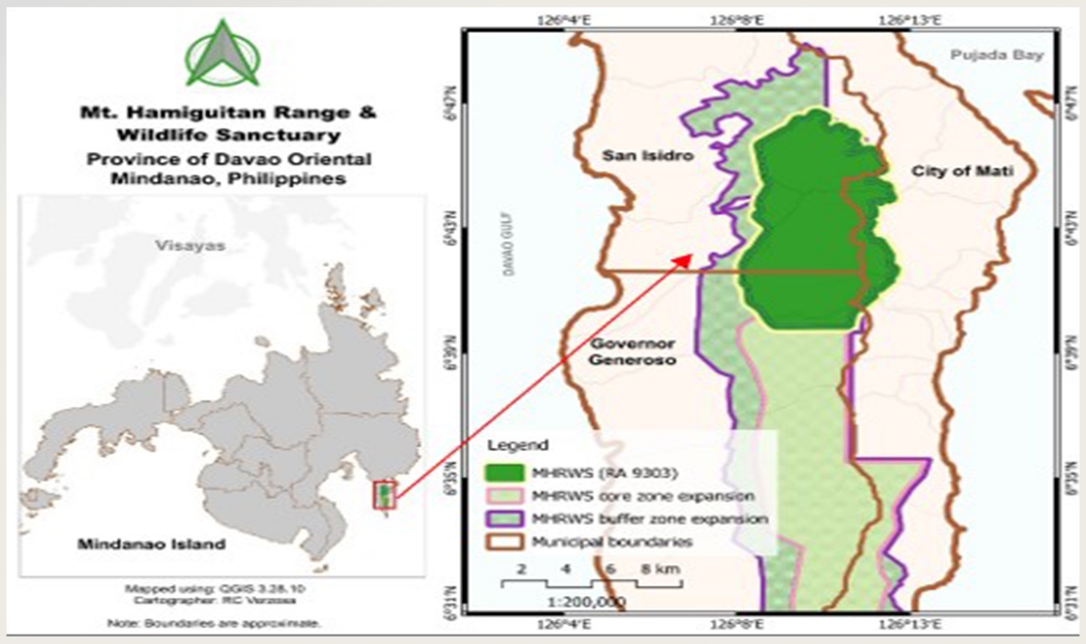Assessment of the Institutional Arrangements for the Payments for Environmental Services (PES) Implementation for Watershed Conservation: The Case of Mount Hamiguitan Range Wildlife Sanctuary (MHRWS)
DOI:
https://doi.org/10.59120/drj.v16i1.306Keywords:
Institutional arrangements, Mount Hamiguitan Range Wildlife Sanctuary, Payment for Environmental Services (PES), Stakeholder Engagement, watershed managementAbstract
This study examined institutional factors that may facilitate or constrain the implementation of Payments for Environmental Services (PES) for watershed conservation in the Mount Hamiguitan Range Wildlife Sanctuary (MHRWS). Focusing on sustaining the water supply from MHRWS watersheds to nearby communities, the assessment drew from key informant interviews and secondary data. Enabling factors for PES implementation include supportive national environmental laws and programs implemented locally; stakeholder engagement, which has waned but has the potential to be revitalized; and clear property rights for the Mandaya indigenous community and farmers in the watersheds. However, key constraints, such as limited institutional capacity and the effects of the absence of PES institutionalization, were evident. Institutional challenges include limited PES knowledge, inadequate water management data, weak representation of indigenous people and tenured farmers in the PAMB, and declining funds for protected area management. The lack of a national PES law or framework has disrupted conservation efforts due to government leadership transitions and can similarly affect PES initiatives. The findings suggest prioritizing capacity building, stakeholder engagement, and sustainable funding as management directions. At the same time, policies should emphasize institutionalizing PES, strengthening tenure rights, and aligning local actions with national environmental laws. Participation by MHRWS lead bodies in the ongoing national Payment for Water Ecosystem Service (P-WES) institutionalization process can catalyze PES implementation. This involvement can enhance their capacity to address current challenges while inspiring stakeholders to adopt PES—particularly P-WES—for effective watershed management and sustainable water supply.
Downloads

Downloads
Published
Issue
Section
License
Copyright (c) 2025 Donnell C. Cereno, Alita T. Roxas

This work is licensed under a Creative Commons Attribution-NonCommercial 4.0 International License.
DRJ is an open-access journal and the article's license is CC-BY-NC. This license allows others to distribute, remix, tweak, and build on the author's work, as long as they give credit to the original work. Authors retain the copyright and grant the journal/publisher non-exclusive publishing rights with the work simultaneously licensed under a https://creativecommons.org/licenses/by-nc/4.0/.





